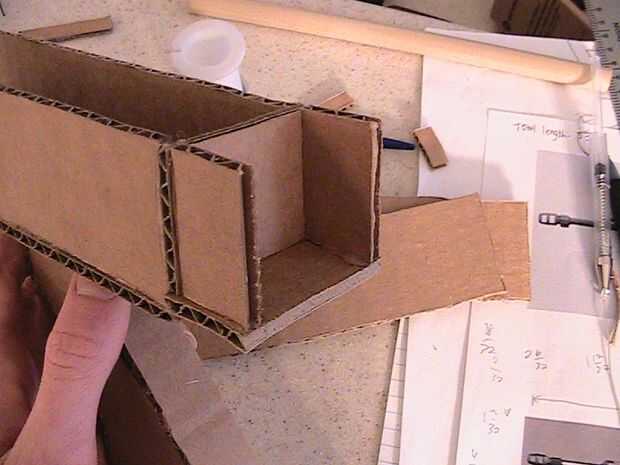

If a wooden drum is handled and/or stored properly as described in this document LEONI Kerpen GmbH gives warranty for stability and usability for a period of up to 18 months after delivery.

Special procedures may by necessary, like rewinding on a new drum. Remove it from the surface before rolling or moving the drum.Ī damaged drum must be checked. Check for nails, which might have shifted out of the inner side of the flange. The cable itself must always be protected and may not be touched improperly during transport and storage.Ĭheck drums before moving. Therefore some base guidelines shall be followed. Improper storage conditions can easily cause damage to cable drums or cables themselves. In addition, multiple damages might occur by such a nail hat, due to unavoidable but “normal” movements of a cable on a cable drum while being un-drumed.Ĭable drums shall be stored safely. This movement is caused by shifts of the 2 wooden flange layers against each other under interdicted force while moving the drum. It is always a sign of incorrect cable handling, when hats of nails are sticking out of the inner flange of a cable drum. Nails in question have to be removed by pliers before rolling or turning the drum to avoid continuous damages of outer sheath by rotating cable layers. dropped on a flange) needed to be checked carefully from the outside.
Due to interdicted stress during transportation, nails used to fix the two layers of a flange might be forced to shift into the inner side of a drum. The maximum temperature for transportation is indicated in the data sheet, section “Transport and Storage”. Cable mover code#
– identification labels showing cable type, length, code no., etc.
Drums must be labelled to allow easy and quick identification of the cable:. In case a cable or part of it is rewound onto another drum, it is recommended to note the original drum number, otherwise backtracking is impossible. Each drum is identified by an unique drum number. Drums with cables may only be rolled over short distances and on a firm and even surface in the direction which is indicated on the drum (label with arrow and inscription “Roll This Way”). The force shall be as mentioned on the drum or as follows: Tightening of screws shall be done with a torque wrench. In case of dry and hot weather conditions screws have to be tightened as required to compensate for shrinking of wood. All screws holding the flanges must be checked and tightened before moving the drums. Drums may never be laid on flanges or piled up. On pallets drums must be fixed in upright position. During transport and storage drums shall always be in upright position.ĭrums must be protected against rolling away. The same applies in case cables are transported in a container. Cable drums should only be transported with suitable vehicles and must be fixed, so that they cannot shift during transportation. Drums may never be dropped from a truck, ramp or container. Suitable devices must be used for loading and unloading in order to avoid damage to the cable and the drum. If lifting a drum with a crane an axle or a spreader beam must be used to avoid lateral pressure on flanges. The fork must support both flanges while lifting. The fork may never touch the cable or its protective cover to avoid damage. Lifting cable drums with a fork lift is only allowed from the “flange side”. In case of wooden drums show signs of damage from transportation any warranty obligation given for cable drums and any subsequent cable problems resulting from it are null and void.īeside the general guidelines, please refer to the cable data sheet for additional information regarding temperature range and possible special requirements for transport and storage. Special handling procedures may be necessary. A drum, damaged by handling or showing signs of wear or rotting must be checked. The cable itself must always be protected and may not be touched improperly during transport and storage. Main danger comes from invisible damages leading to unusable cables. Improper handling procedures or cable drum handling equipment can easily cause damage like broken drums or visible or invisible damage of the cable itself. Guidelines for cable drum handling during transport and storage Transport Cable Drum Handling | A Guide by LEONI Cables






 0 kommentar(er)
0 kommentar(er)
